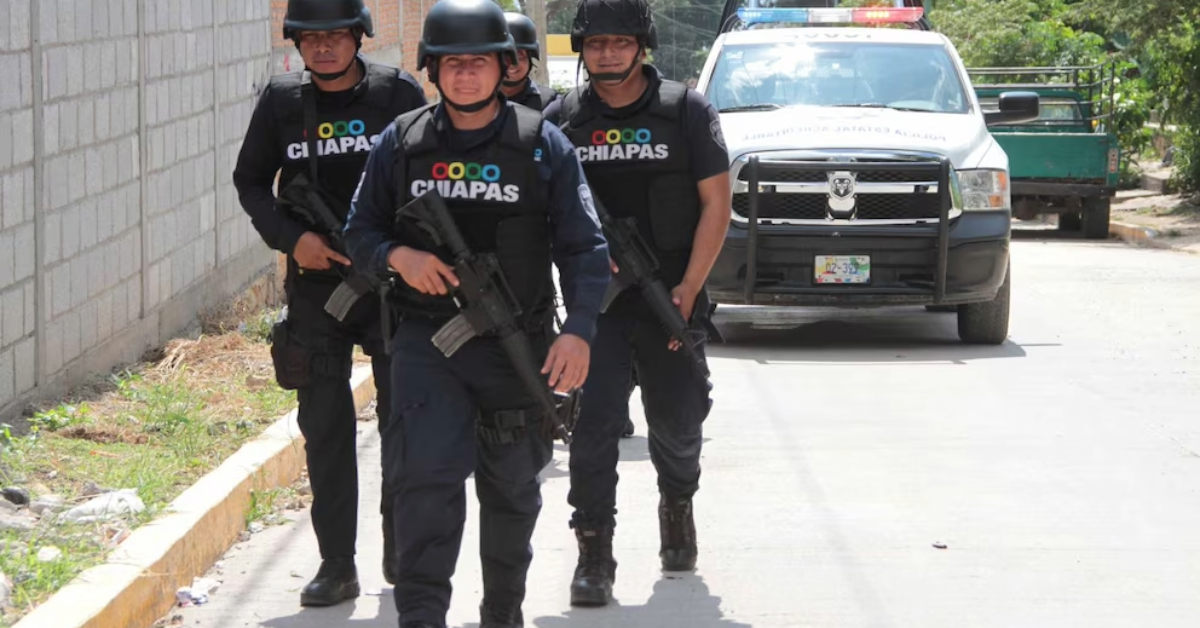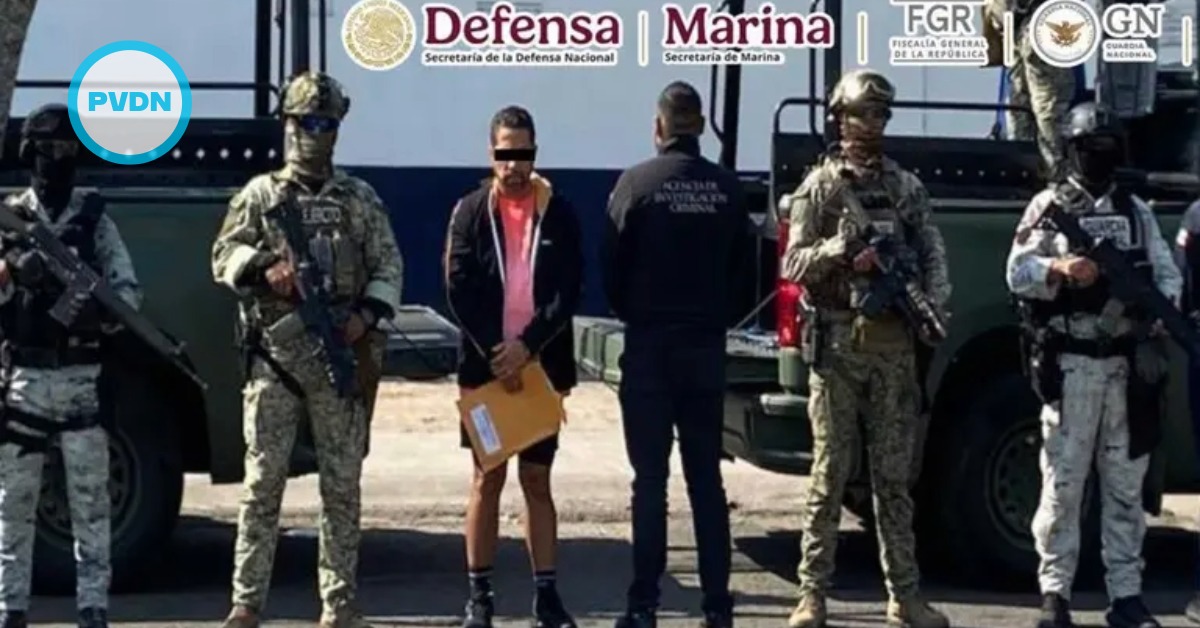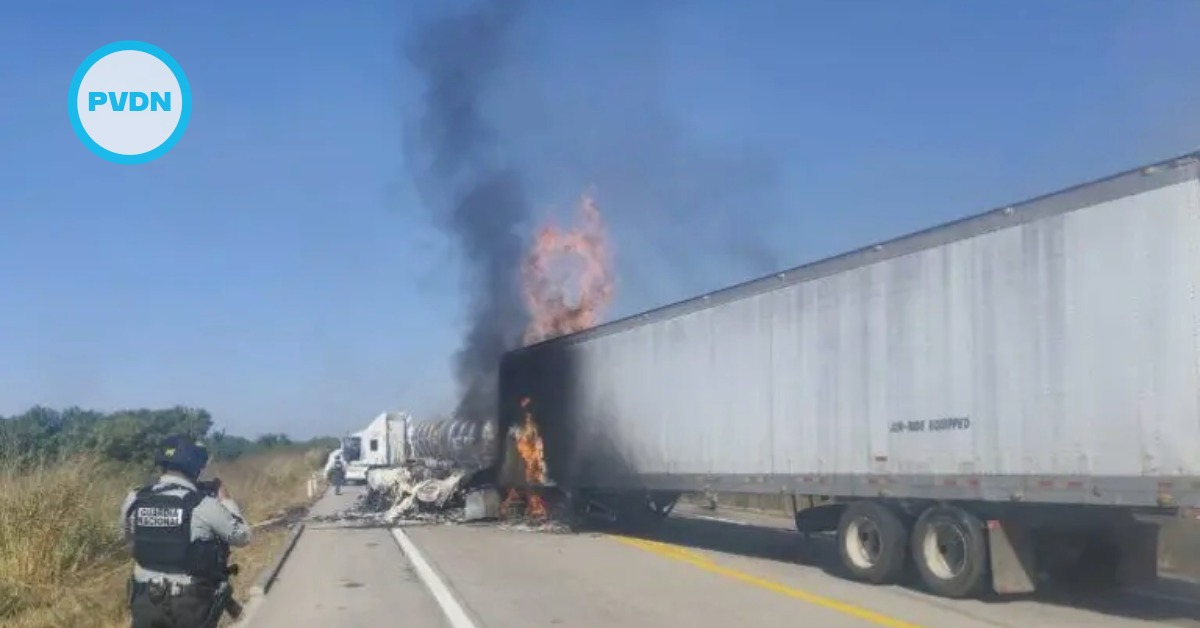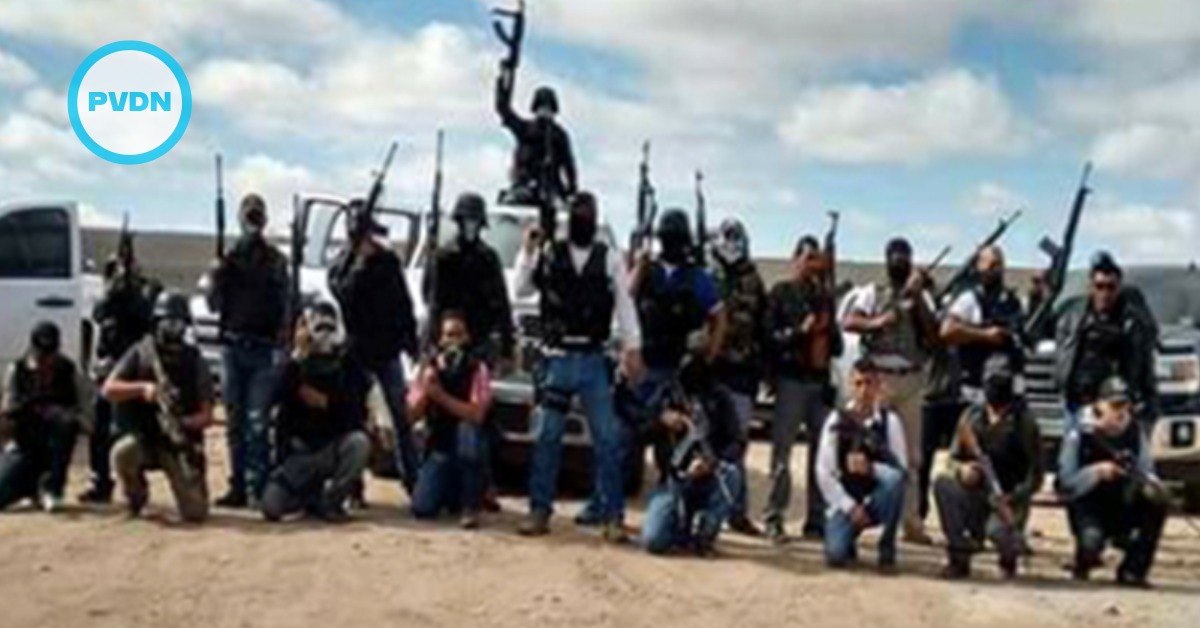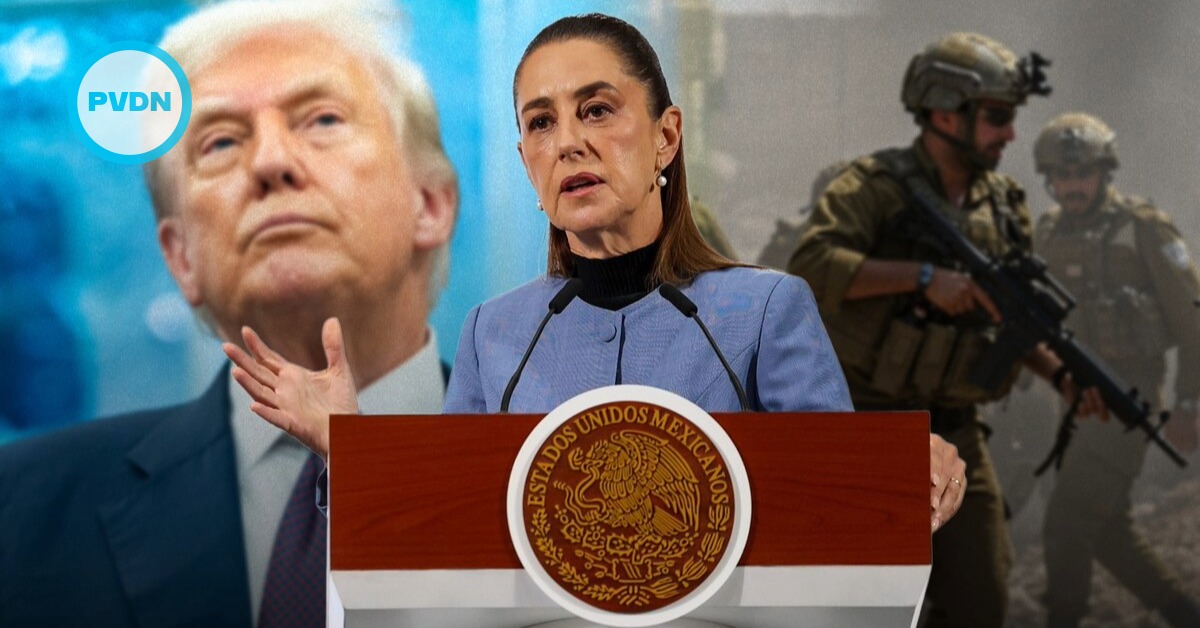Tapachula has become a battleground as the CJNG and Sinaloa Cartel fight for control, exploiting migrants and reshaping life in Chiapas’ southern border.
Tapachula, Chiapas – The southern border city of Tapachula has become a powder keg as Mexico’s two most powerful cartels—CJNG and the Sinaloa Cartel—vie for control of migrant routes and trafficking corridors, escalating violence and reshaping daily life in Chiapas.
Once a relatively quiet hub for Central American migration, Tapachula is now caught in a violent tug-of-war. The arrival of the Jalisco New Generation . . .


